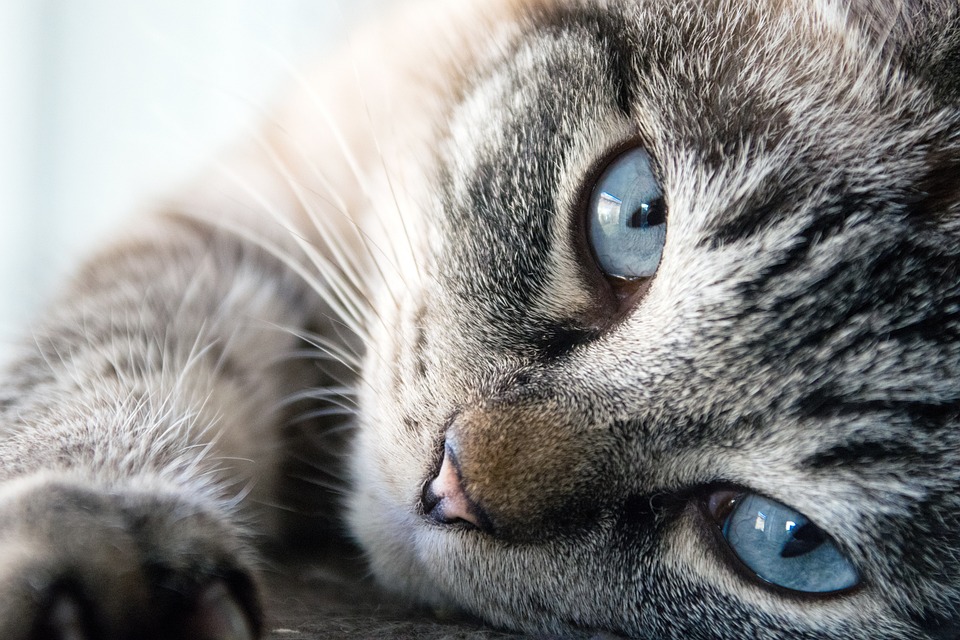As a cat owner, it’s important to stay vigilant and keep an eye on your feline companion’s health. One area that often requires special attention is their eyes. Cats can suffer from various eye problems, some of which can be easily treated at home, while others may require professional veterinary care. In this article, we will discuss the most common cat eye problems, their causes, symptoms, and appropriate treatment options. We’ll also address some frequently asked questions to help you better understand your cat’s eye health.
1. Conjunctivitis:
Conjunctivitis, also known as pink eye, is a common eye problem in cats. It occurs when the conjunctiva, a thin membrane covering the inner surface of the eyelids and the whites of the eyes, becomes inflamed. Conjunctivitis in cats can be caused by bacterial or viral infections, allergies, irritants, or underlying health conditions.
– Symptoms: Redness, swelling, excessive tearing, squinting, discharge, and frequent blinking.
– Treatment: Treatment options include applying warm compresses, cleaning the affected eye with a saline solution, administering prescribed antibiotic or antiviral eye drops, and addressing the underlying cause if necessary.
2. Corneal Ulcers:
Corneal ulcers are open sores that develop on the cornea, the transparent front part of the eye. They can occur due to trauma, scratches, infections, or certain diseases. Corneal ulcers can be painful and may lead to vision loss if left untreated.
– Symptoms: Squinting, excessive tearing, redness, cloudiness in the eye, pawing at the eye, and sensitivity to light.
– Treatment: Treatment typically involves antibiotic or antiviral eye drops, pain relief medication if needed, and protecting the eye with an Elizabethan collar to prevent further damage. Severe cases may require surgical intervention.
3. Glaucoma:
Glaucoma is a serious eye condition characterized by increased pressure within the eye, resulting in damage to the optic nerve. It can be primary (hereditary) or secondary (caused by an underlying health issue). Glaucoma is a medical emergency that requires immediate veterinary attention, as it can lead to irreversible vision loss.
– Symptoms: Enlarged pupils, cloudiness, redness, excessive tearing, squinting, a hazy or blue-tinged cornea, and behavioral changes.
– Treatment: Treatment options include reducing intraocular pressure using medications, surgery, or laser therapy. The underlying cause, if present, should also be addressed.
4. Cherry Eye:
Cherry eye, also known as prolapse of the third eyelid gland, occurs when the tear gland in the third eyelid becomes inflamed and protrudes from its normal position. While it may not cause immediate discomfort, it can lead to other eye problems if left untreated.
– Symptoms: Red, swollen mass in the corner of the eye, resembling a cherry.
– Treatment: Treatment typically involves surgical correction to reposition the gland and suture it into place. Prompt intervention is crucial to prevent complications.
FAQs:
Q1. Can I use over-the-counter eye drops for my cat’s eye problems?
It is highly recommended to consult a veterinarian before using any medication on your cat’s eyes. Over-the-counter eye drops may contain ingredients that could be harmful to cats. Only use medications prescribed or recommended by a professional.
Q2. How can I prevent eye problems in my cat?
Regular veterinary check-ups, proper grooming, keeping the environment clean, and avoiding exposure to potential irritants (such as cigarette smoke or chemicals) can help prevent some common eye problems. Additionally, providing a balanced diet and ensuring your cat receives proper vaccinations can contribute to overall eye health.
Q3. When should I seek veterinary care for my cat’s eye problem?
If your cat’s eye problem persists for more than a day, worsens, or is accompanied by other concerning symptoms such as lethargy or loss of appetite, it is crucial to seek veterinary care promptly. Eye issues can quickly escalate, and early intervention can prevent complications and preserve your cat’s vision.
Conclusion:
Cats can experience various eye problems, ranging from minor irritations to serious conditions. By being aware of the common cat eye problems discussed in this article – conjunctivitis, corneal ulcers, glaucoma, and cherry eye – and knowing their symptoms and appropriate treatments, you can ensure your feline friend receives the necessary care to maintain optimal eye health. Remember, when in doubt, always consult with a veterinarian to provide the best possible care for your cat’s eyes.








